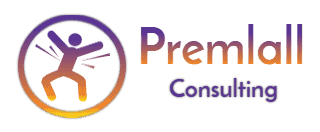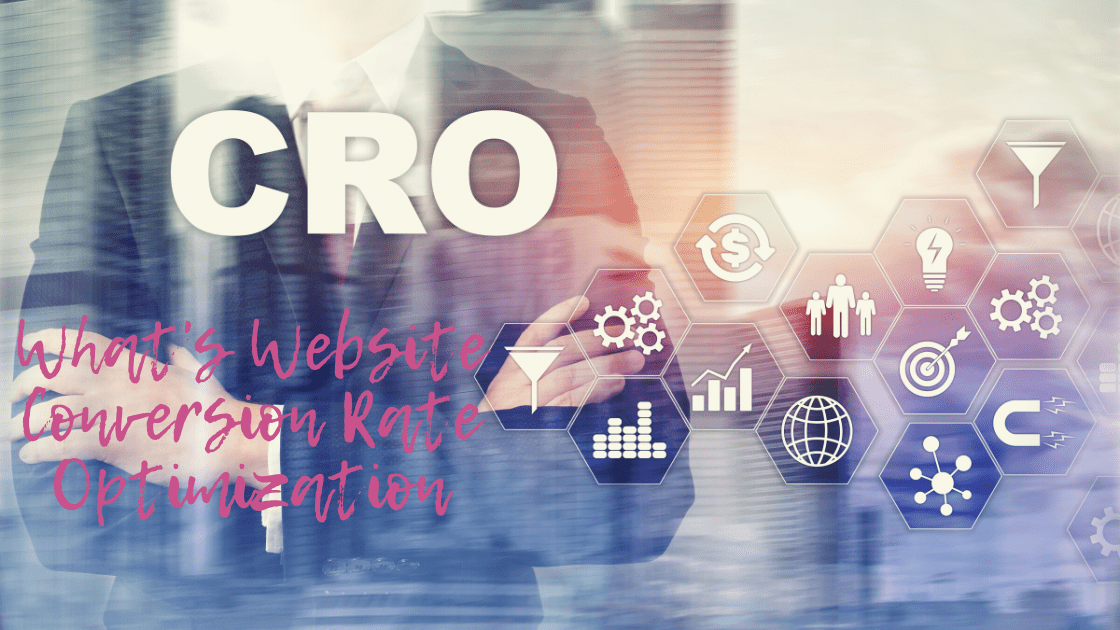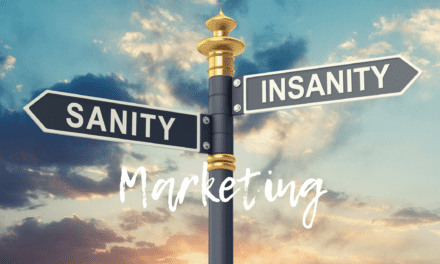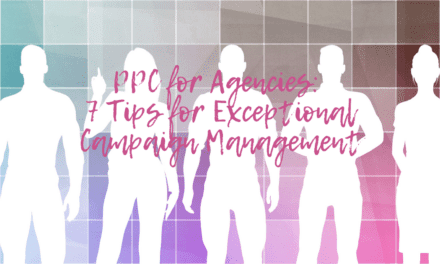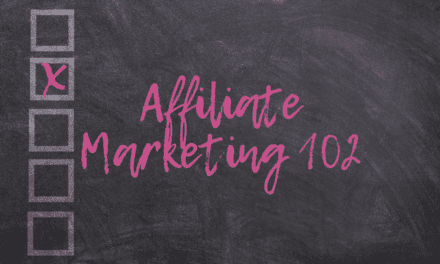Every business aims to grow and make lots of sales. However, this often doesn’t come cheap and easy. It usually costs some money and lots of effort. The journey starts from production, where manufacturers ensure they factor in buyers’ requests and desires. And stretched on, even to marketing and advertising.
Besides, advertising needs to be strategic. It must be designed such that it takes potential buyers from the state of knowing little or nothing about the product to being informed, convicted and finally, patronage. It must make the prospects hungry for the product.
An advertising strategy can be nice and beautiful, but it’s nothing if it’s not converting. For this reason, businesses must add conversion rate optimization to their marketing strategy. Every business needs to design its website and content to attract maximum conversions. Because the higher the conversions, the more the sales.
This blog is the opener to a brand-new series. In this one, we will introduce you to conversion rate optimization and the things required to apply this strategy to your business website. But firstly, let’s define website conversion rate optimization.
Website conversion rate optimization refers to all the activities performed to ensure that more people convert through your website. The conversion could be making them take some actions, download a book, take a survey, hire your company for a service, or purchase your products.
It involves making the right design, writing the best sales copy, measuring key metrics, and ensuring that the website engages visitors and leads them to the conversion point.
Conversion rate optimization should not be mistaken for Search engine optimization (SEO). The latter exposes your website. It aims to improve its visibility and attract traffic to your website. It’s crucial in digital marketing, likewise conversion rate optimization.
The 100K monthly web visitors are useless if only two or three people convert at the month’s end. Conversion rate optimization takes the job where SEO stops. It ensures that a good percentage of these monthly visitors take the action you want.
Getting ready for Website conversion rate optimization
Gathering resources
Like SEO, conversion rate optimization is a journey that never ends. New technologies and tools may come in, and search engines may make some changes, but businesses can’t afford to slack with their website conversion rate optimization. There’s always an improvement to make. You can always get a result better than the previous.
For this reason, businesses must put some things in place to ensure the continuation of this journey. The necessary resources include:
-
A CRO team
For the smooth running of this campaign, the job must be committed to some people’s hands. And that’s why I advise that you set up a CRO team within your organization. You could decide to employ some new people or select a team from your marketing and IT departments.
This team needs to contain a conversion rate optimization manager, a data analyst, a web-graphics designer, a copywriter, and a web developer. It would be nice to have a person taking each role. However, there’s nothing wrong with a person taking more than a role, as long as the individual can handle the roles.
The optimization manager will be overseeing the campaign. The individual would be the principal campaign planner, ensuring every other team member falls in line and everything goes as planned. In CRO campaigns, the role of the data analyst is to measure the campaign’s performance and deduce actionable insights from the data collected.
The web-graphics designer makes beautiful and converting web images, banners, and posts, while the web developer designs and develops webpages for split testing. The copywriter creates persuasive sales copy that enlightens, engages, and convinces site visitors to take action.
Getting people with these skills within a big organization is more accessible, but the other way for small businesses. Small businesses should get a few people to handle some of the roles within the company and hire freelancers to fill the remaining spaces. And you can use a better approach by hiring a digital marketing agency specializing in conversion rate optimization.
-
CRO tools and infrastructure
Two tools are essential for conversion rate optimization: A/B testing and analytic tools.
The split testing tool is for testing the converting abilities of two web pages. The tool will divide your web visitors into two and sends each part to a different web page. The web pages could have the same contents but different structures or both structure and content are different.
There are so many Split testing tools out there. The common ones include VWO, Crazy Egg, and HubSpot’s A/B testing kit. It can be challenging to select one out of so many. But you can narrow down the list to one by finding;
- How will the tool impact your website performance?
- What other values can your website benefits from the tool apart from split testing?
- If the tool will help you plan your conversion rate optimization program
- How good is the customer support for the tool?
- If the tool pricing is flexible and can be altered to meet your ever-changing business needs
Analytic tools are for measuring website performances. You should have one already if you’re really into digital marketing for your business. The good ones include Google Analytics, Crazy Egg, Adobe Analytics, Semrush, and many more.
Understanding Your Current Website Conversion Funnel
You can’t know what needs improving until you clearly understand your current position. This can be known by evaluating your current conversion funnel.
The conversion funnel shows your web visitors’ path from the first time they land on your website to when they finally buy your product. It’s a pictorial diagram of a funnel that shows your website’s conversion rate.
The top of the funnel equals your web traffic, and it gets narrower to the last part representing people purchasing a product or hiring your business.
A conversion funnel could start with your visitors discovering your website via high-ranking blog pages. Then, after reading your articles, a good percentage register for your newsletter and drop their emails. You reach out to these people with email marketing to inform them of new articles and products.
They checked out the new articles and, likewise, the product reviews. They checked out the reviews; a few purchased immediately, some ignored them, and others added them to their carts. Also, others reach out to you to know more about the products.
The journey can never be the same for everyone, but you can always draw a path representing a more significant percentage of your conversions. The transition from one stage to the other is illustrated on the conversion funnel.
Conversion funnels usually have four essential parts: the top-of-funnel, the top-to-mid-of-funnel, the mid-lower-of-funnel, and the bottom-of-funnel parts.
- The top-of-funnel part shows how people are discovering your business. It could be through your social media content, search engine optimization, or PPC campaign. It’s at this stage they know your business and what you do. For the example above, SEO is the cause of discoverability.
- The top-to-mid-of-funnel is that part that shows how website visitors are bonding with your business via your website. After checking the blog that brought them to your site, some visitors would check for more articles and browse for interesting things about your business. Some will come back for more quality content and join your newsletter community for new content notifications. This is also the stage they do competitor analysis to know why they must choose you.
- The mid-lower-of-funnel tells how you manage to get their trust. At this stage, they must have gathered enough info about your business, your products, and the services you render. They either call at this point or reach out to your customer service to interact with the people running the business and clear doubts. Consultations and meetings also fall into this segment.
- The bottom-of-funnel segment is where the conversion takes place. It’s usually the smallest portion of the funnel. It’s the stage where the client hires your business, and the web visitors finally make a purchase, pay for the course, or download the e-book.
Identifying the Key Metrics to Improve
At every stage of the conversion funnel, there are metrics to measure. Identifying the key metrics to improve will help you draw an excellent website conversion rate optimization plan. It will give you insights into where your visitors are getting discouraged and what to do to correct this situation.
- The critical metrics for the top-of-funnel are unique visits, pages per visit, ad clicks, social media shares, time spent, and bounce rate. The key metrics differ with your business type. The metrics to be measured by an ecommerce merchant will vary from those measured by a SAAS agency. For the example given above, the key metrics will include visits per page, ranking keywords for the most visited pages and time spent on the web pages.
- The top-to-mid-of-funnel metrics include returning visits, the number of emails opened, and the bounce rate.
- The metrics for the mid-lower-of-funnel are lead form completion, consultation bookings, number of calls received, and questions in the comment sections.
- For the bottom-of-funnel part, some key metrics are purchases, hires, sign-ups, book downloads, survey completion, and conversion rate.
Identifying your micro and macro conversions
Micro conversions are tasks that require low involvement from your site visitors. They usually don’t cost a dime. Examples are signing up for your newsletters and downloading an eBook. They are not the primary conversion point, but they lead to it.
Macro conversions are the main conversions like buying a product from your ecommerce store, calling your sales team to hire your service business, or subscribing to a SAAS plan.
Both conversion types are critical. The micro is the baby steps that lead to the macro conversions. Every effort must be optimized to get the best result.
Every business that wants to optimize conversion rate must identify their micro and macro conversion. It will assist in building a journey that leads to increased conversions.
Conclusion
In life, people don’t move unless there’s a reason for the action. Similarly, before beginning your conversion rate optimization journey, you need to understand your current position and see the need for improvement. The steps highlighted in this article will help you evaluate your existing conversion funnel.
